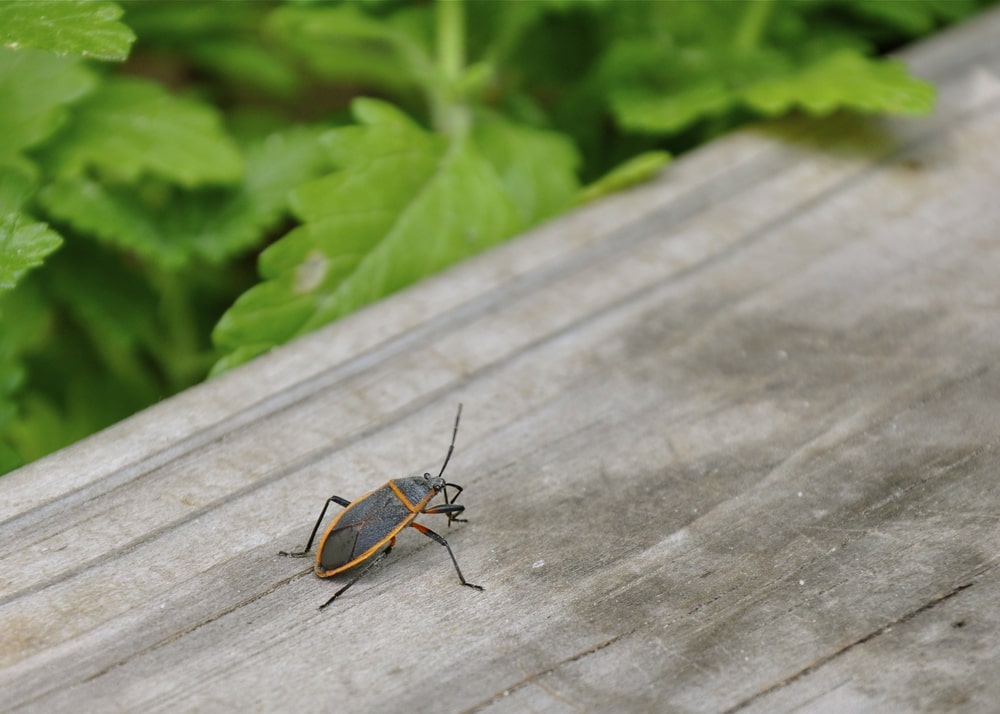Black with distinctive red markings and a flat-winged appearance when its wings are closed, the Box Elder Bug is a common sight around homes and buildings during fall months. Desperate to find warmth and shelter in preparation for approaching cooler months, this six-legged bug gravitates to hot spots on the outside of walls, and if they’re really lucky will even venture inside homes and structures to wait for spring. Non-biting and not guilty of causing structural damage, the Box Elder Bug is literally hiding out in a home, enjoying the abundance of warmth while other less fortunate insects deal with frigid fall and winter temperatures on the outside.
How Do They Enter a Home?
Homeowners can be truly perplexed at how any critter, insect or bug managed to gain access to their home. Just because doors and windows are closed doesn’t mean there aren’t minute cracks and openings that are plenty large enough for a bug to crawl through. So, in need of warmth, the Box Elder Bug can be found on the outside of a home around dryer vents and other forms of ventilation that releases heat. Not worried about tip-toeing inside without an invitation, Box Elders are quick to see an opportunity to move ever closer to the source of heat and will easily make the move from lurking on outside walls to showing-up in your living room.
A Low Drama Bug
Unlike Carpenter Ants and Bed Bugs that can turn a homeowners dream home into a nightmare, Box Elders could be considered a low drama bug – not really interested in eating their way through or around things, and resisting the need to lay eggs until they can set up a nest in the outdoors. Possibly one of the more ‘house-friendly’ bugs to have around, the most annoying aspect of Box Elder Bugs is their tendency to stain couches and other furniture with their excrement, leaving a noticeable stain on linens and furniture – controlling Box Elder Bugs’ access to your home is highly recommended.
Not sure what type of bug you have in your home? Hearing unusual squeaks and scratches from walls or dryer vents? Let the technicians at One Man and a Ladybug evaluate your home for pest infestation.



